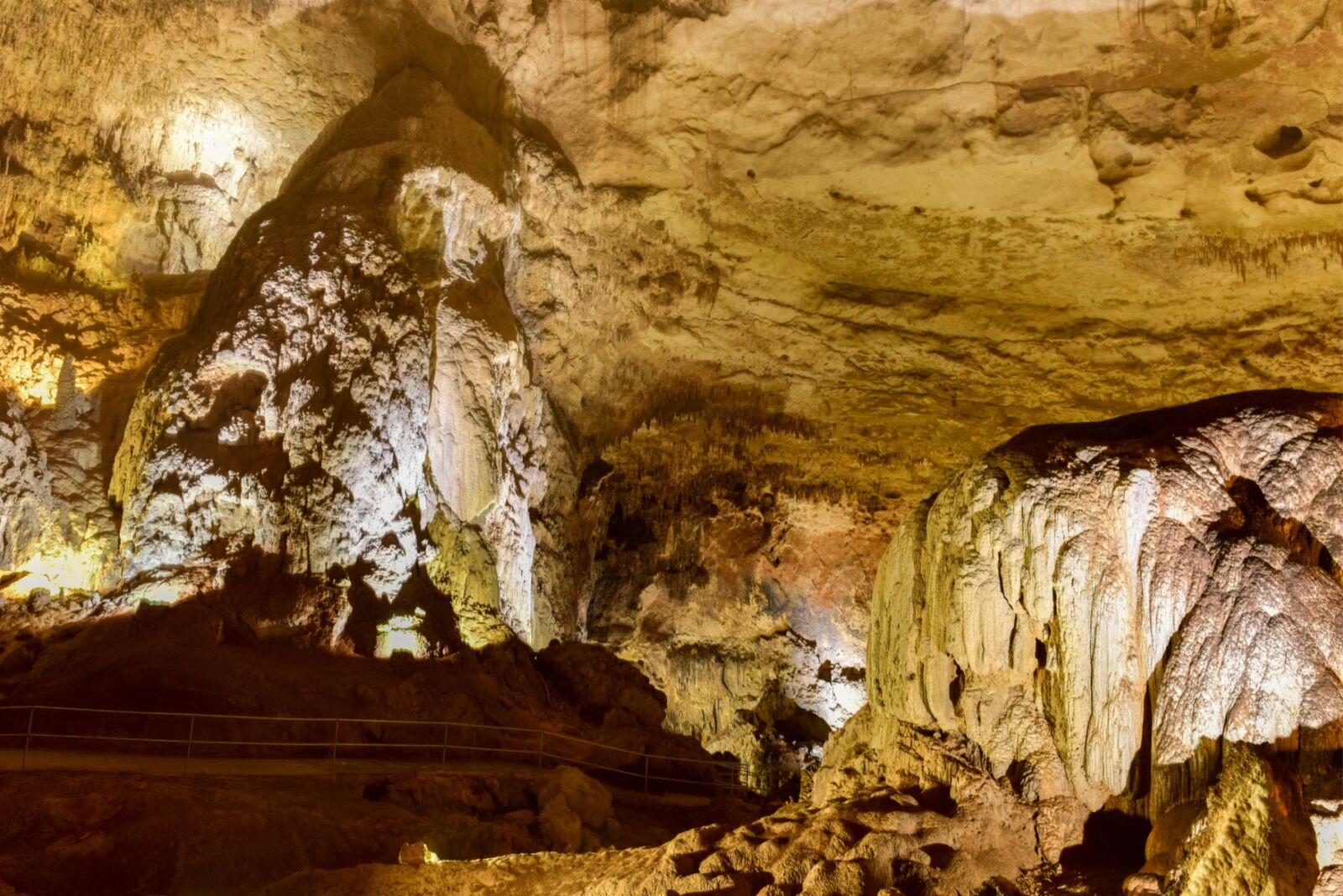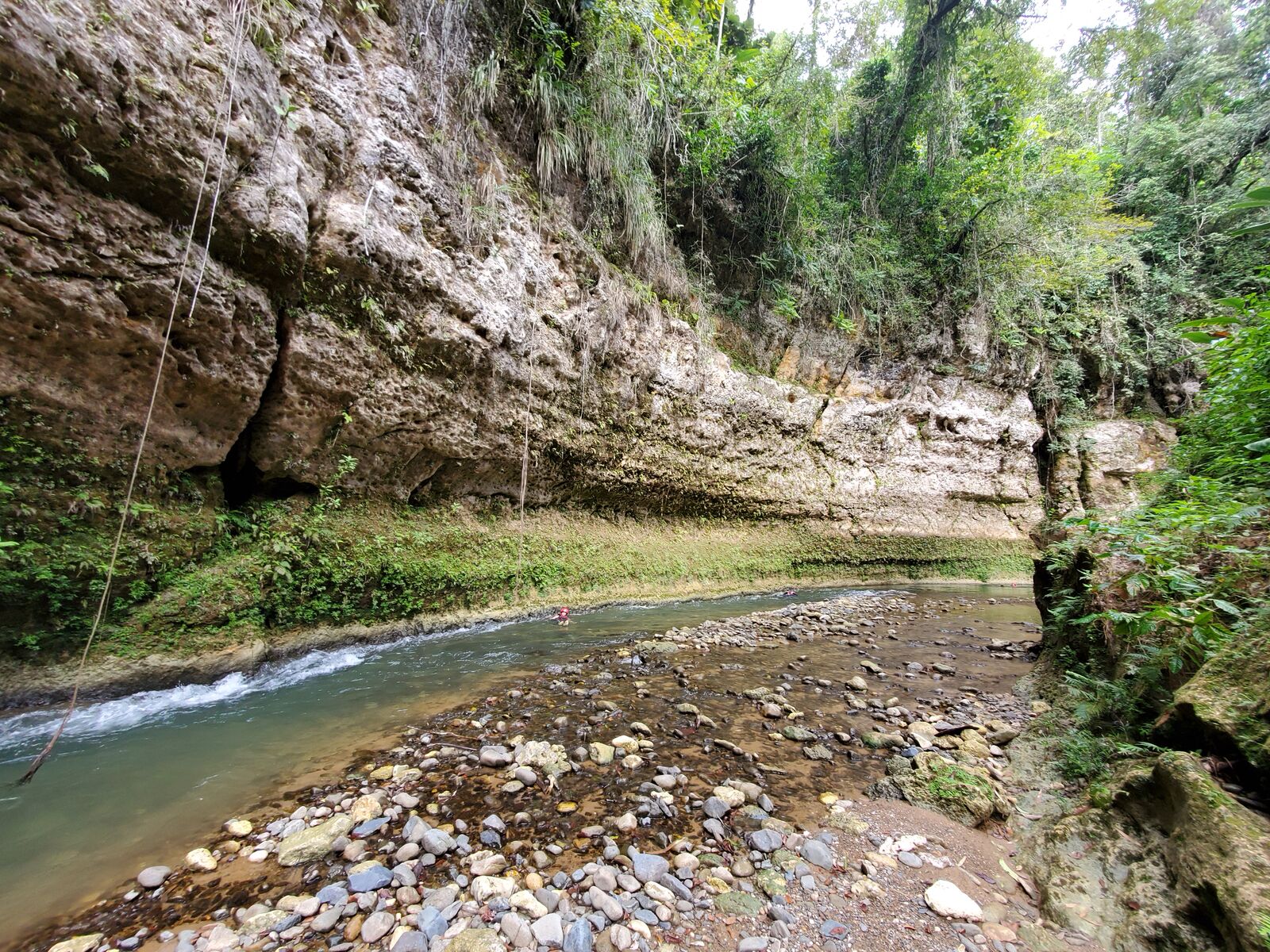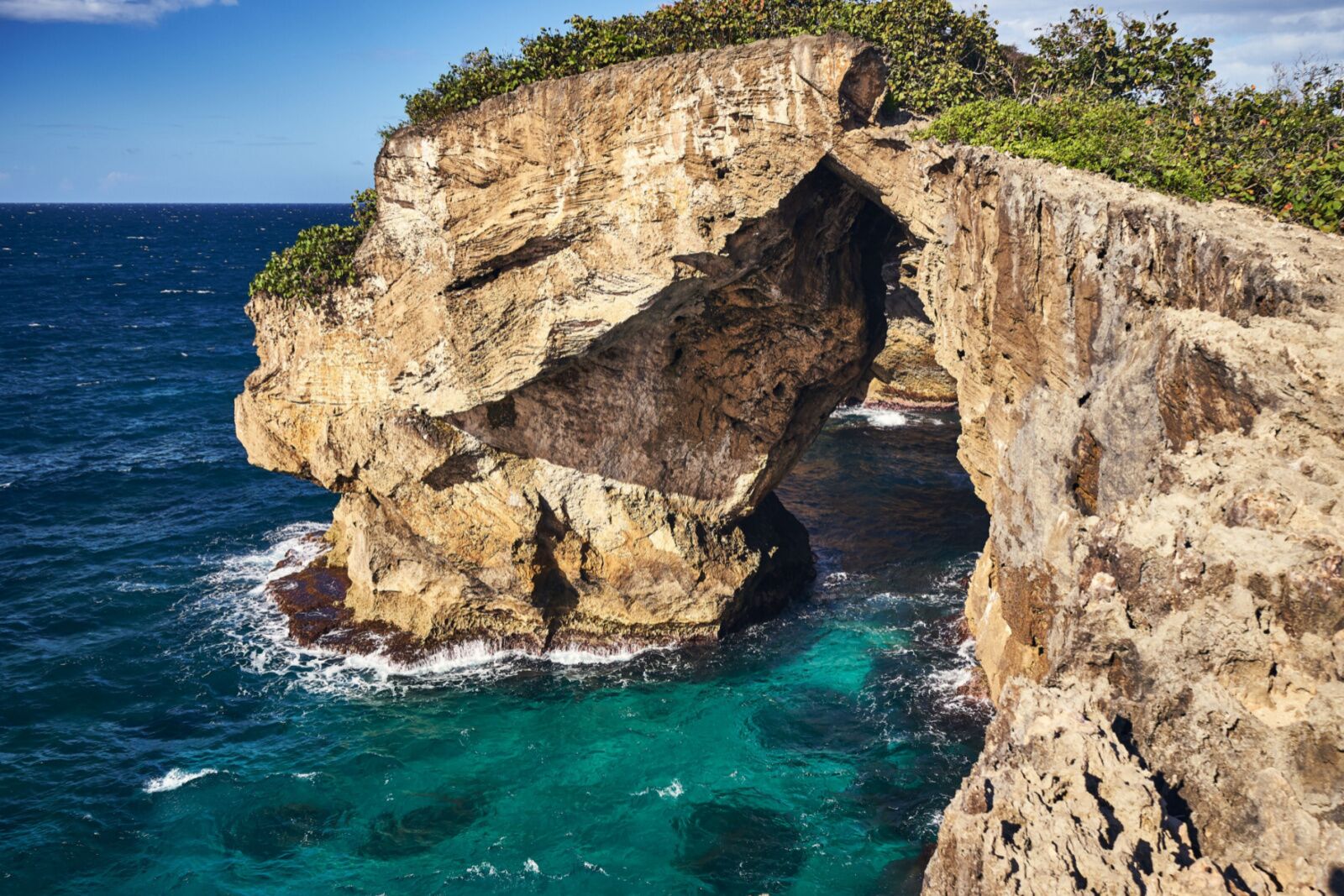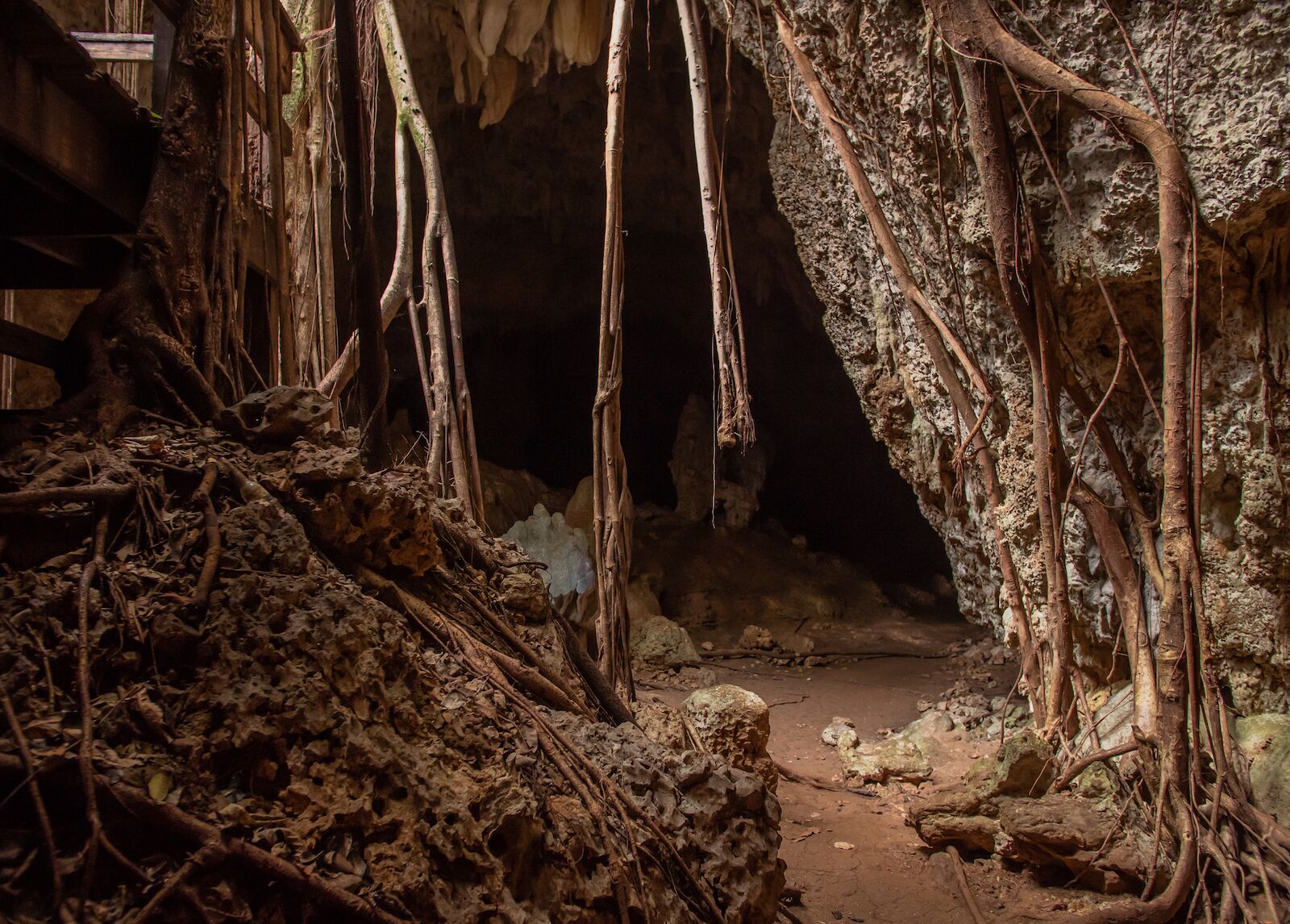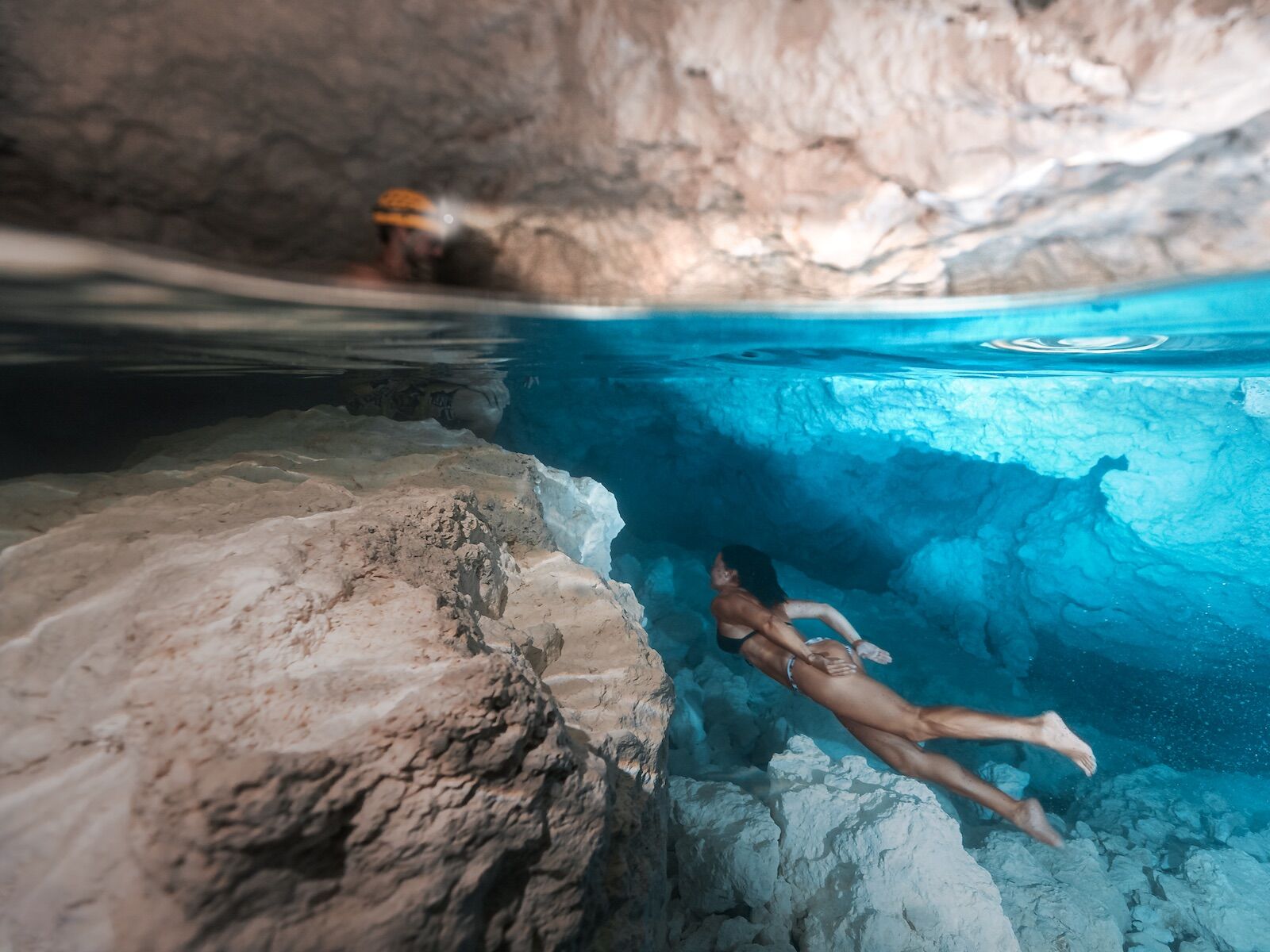While there’s no official count, it’s estimated that there are around 2,000 caves in Puerto Rico – quite a lot for one island. However, just a small fraction of them – around 415 – have been explored. Fortunately, several are open to the public and provide adventure opportunities, including spelunking, rock climbing, swimming, rappelling, and rafting. Some are fairly accessible and welcoming to visitors of all ages, while others require special skills or equipment.
If you’re planning a trip to Puerto Rico, check out these six caves throughout the island, where tours range from gentle walks to group cliff-jumping adventures

